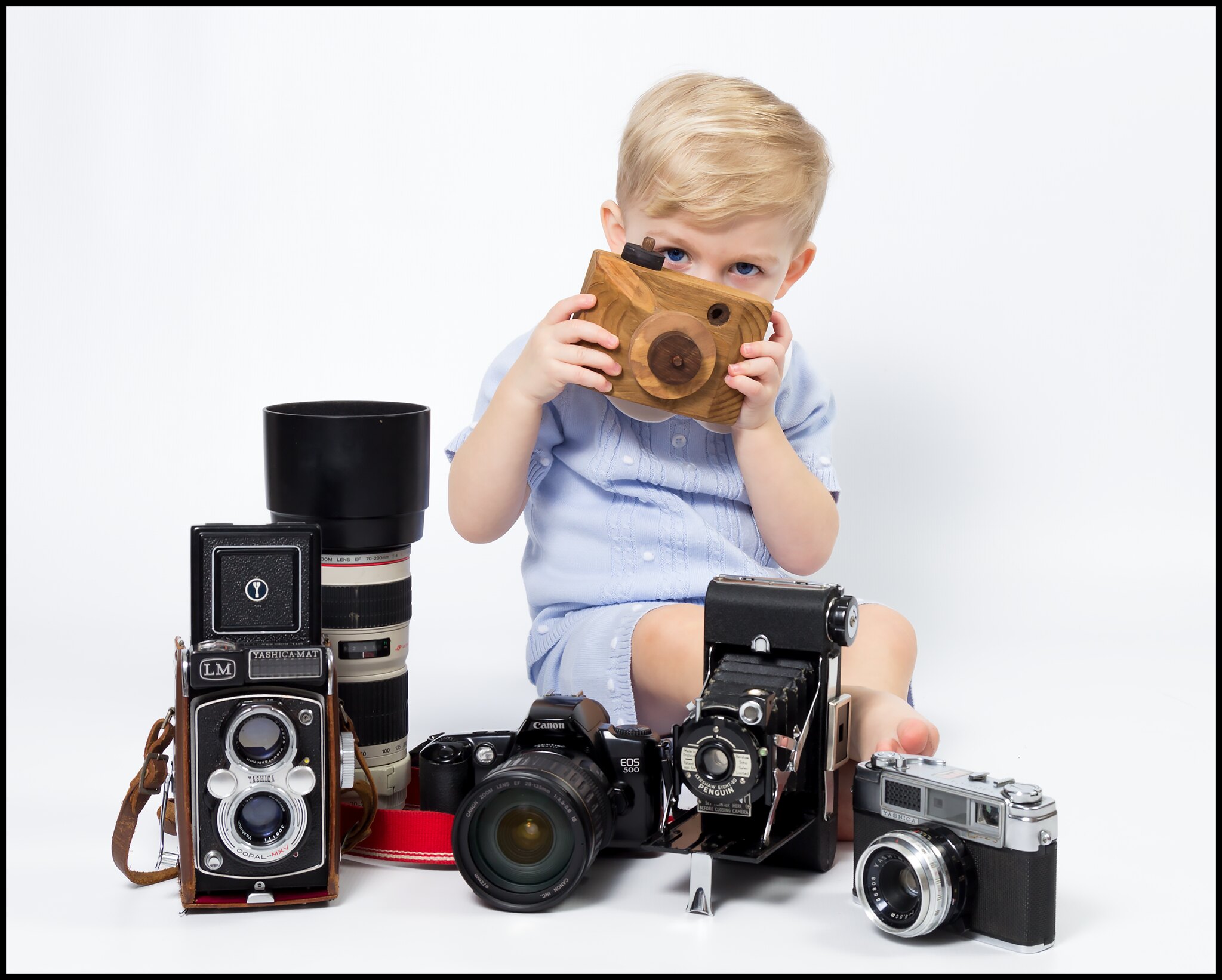Different people take different approaches, so there's an element of finding an approach that works for you. As may have been mentioned already, there is a lot more scope with B&W to change things compared to C41, especially the developing phase - in B&W, there are lots of developers to choose from, and the ways they work can be subtly different. A given developer can be used at different dilutions, for different times, and with different agitation schemes.
Some developers can be reused, some are depleted after one use. Stop bath and fixer can be reused, and I dare say wetting agent could be as well. However, as I said, it can become a management task to keep track of how much each thing has been used, times increase, replenishers have to be added. Also, reuse means having to bring everything up to temperature beforehand.
I simply can't be bothered with all that, so I use everything one-shot, from concentrate. This means it's easy to have absolute consistency of process - usually, the only things that change are the developing time and the amount of working solution I make up. Another reason is that I have other interests besides photography, so my periods of being active are sporadic - if I made up working solutions, they would be knackered before I'd got the full life out of them, or on the way to being knackered such that results with the next film are unpredictable.
Reuse arguably makes things cheaper, but only if you get sufficient use out of the chemicals. Case in point: I once spent about 40 quid on a 5L Fuji Hunt C41 kit, developed precisely two rolls of 35mm, and never did any more. I use my B&W chems a bit more dilute than the norm and adjust the times to suit. That way, I'm wasting less of the stuff that could otherwise be reused. In the grand scheme of things, the cost of the chemicals is inconsequential compared to the cost of the film, the time spent out taking photos, and the cost of transport, etc, to do so.
These other costs and time investments are another reason to choose an approach that gives consistency - consistency is a way of mitigating risk of processing errors that can be more likely if processing involves a load of additional management to keep everything working properly. So, my approach is to use chems with a long shelf life in concentrate form, and make them up fresh for every developing session.




 JoshuaCameras
JoshuaCameras